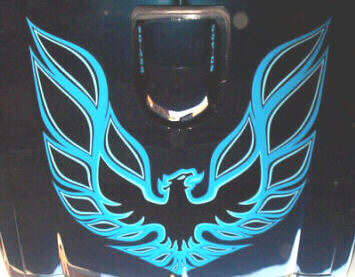VALVE ADJUSTMENT PROCEDURE
COLD CLEARANCE SETTING
Basically, what you will have to do is bring each piston up to Top Dead Center(TDC), one at a time. With the valve cover removed, it makes the task much easier because you are able to observe when both valves for that particular cylinder are closing. From there it is a simple matter of bringing that particular piston up to TDC. If you want to get real accurate, you can purchase a TDC indicator that screws into the spark plug hole. Myself, I use the allen wrench method whereby I put an allen wrench into the plug hole and feel the piston moving upward. Once it stops moving, the piston is at TDC or at least close enough for this step of the job. It is rather important that if you pass the TDC mark, you must back the crank up about a quarter turn and then bring it back up to the mark. This eliminates the backlash and puts the piston right on the money! Now remember, you are working on one side only so you will not be following the firing order. Just go by when the valves begin to close and you can't go wrong. So here you are, valve cover removed, both valves on the cylinder are closed as the piston moves upward on the compression stroke and the piston is on top dead center.
With all these factors met, you are now ready to set the cold clearance for that
cylinder.

Hopefully you will have had the foresight to purchase a new set of locking type rocker nuts. There are so many good ones on the market that it's basically a matter of how much money you want to spend, but they are positively required. After removing the old rocker nuts you can install the new ones but make sure you leave the rockers a bit loose, then take your .008" feeler gage and tighten the nut until the gage just barely drags between the rocker and the top of the valve stem. I can't impress upon you enough that it is a matter of "feel" and you would be hard pressed to find two people with the exact same touch, but it will certainly put you in the ballpark. With the gap set on both valves, tighten the nuts an additional 1/8 turn and you are
ready to proceed to the next cylinder (in this case, cylinder number 3).
After repeating all the steps for each cylinder on the left bank, you will be ready for the
FINAL ADJUSTMENT!
The contents of this site are copyrightę 2000, Jamos1/Superduty455.com
![]()
CLICK ON MY CAR TO GO
TO THE NAVIGATION PAGE![]()
All Rights Reserved